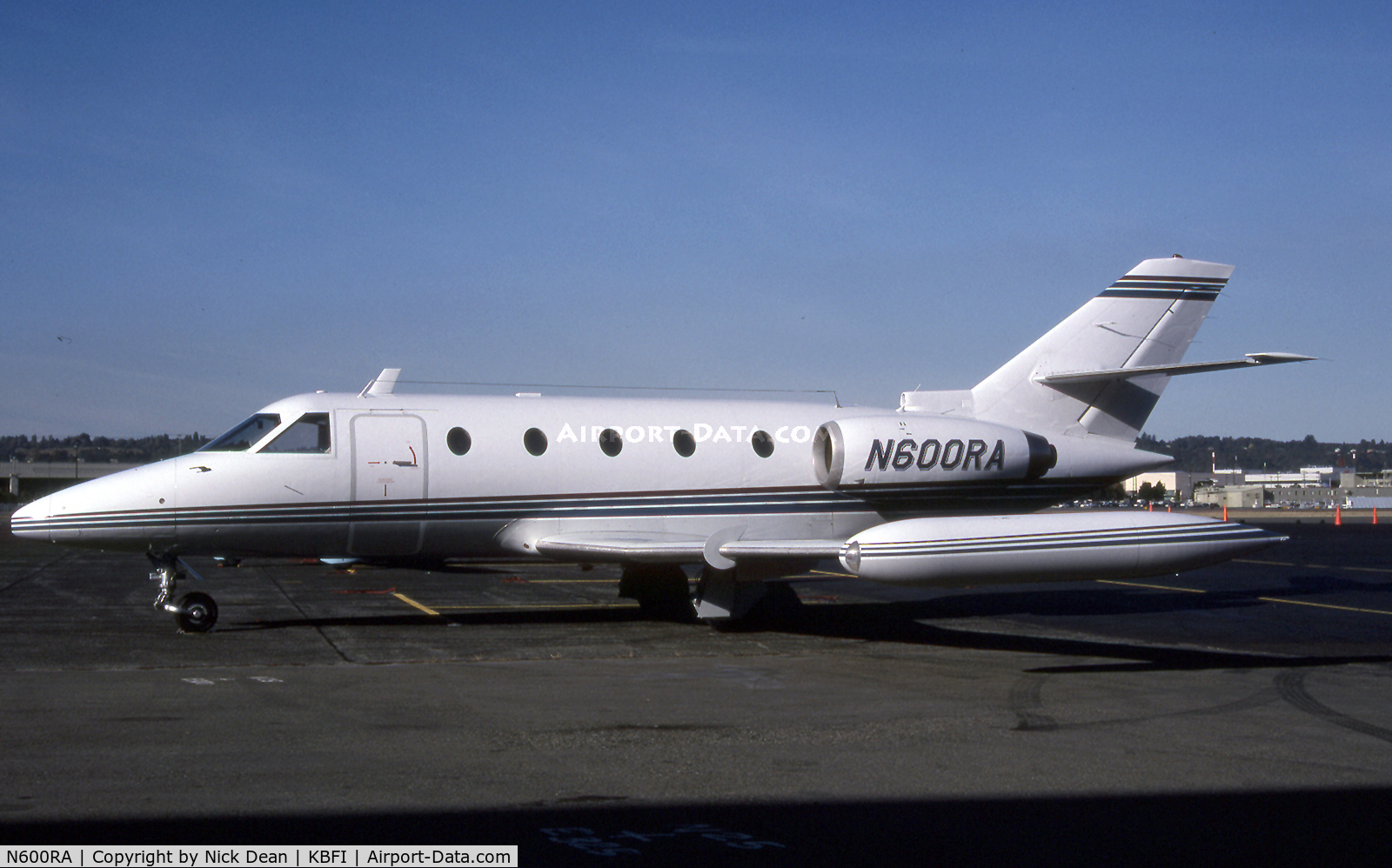Country
Crash of an Aérospatiale SN.601 Corvette in Córdoba: 1 killed
Date & Time:
Nov 25, 2000 at 0604 LT
Registration:
EC-DQG
Survivors:
Yes
Schedule:
Málaga - Córdoba
MSN:
27
YOM:
1976
Flight number:
MYO611
Crew on board:
2
Crew fatalities:
Pax on board:
0
Pax fatalities:
Other fatalities:
Total fatalities:
1
Captain / Total hours on type:
3251.00
Copilot / Total hours on type:
22
Aircraft flight hours:
5743
Circumstances:
The aircraft departed Málaga-Pablo Ruiz Picasso Airport at 0543LT on a positioning flight to Córdoba. On board were two pilots who were flying to Córdoba to pick up a medical team for a transplantation mission. Fifteen minutes after takeoff, the crew started the descent but encountered poor visibility due to the night and foggy conditions. At that moment, the horizontal visibility was 300 metres and the vertical visibility about 500 feet. As Córdoba Airport was not equipped with an ILS system, the crew decided to attempt an approach via a GPS system. On final approach, the aircraft was too low, struck a utility pole then crashed onto a uninhabited house located 1,500 metres short of runway 21. The aircraft was destroyed, one pilot was killed and the second was seriously injured.
Probable cause:
The accident occurred when the aircraft crew carried out an approach maneuver to Córdoba Airport in conditions of very reduced visibility in fog, based exclusively on the GPS receiver of the communications navigation system installed in the aircraft and without reliably monitoring the ground separation. It is likely that the decision to carry out this maneuver was influenced by a pressure to complete the mission, self-generated by the crew members, or self-generated by the pilot-in-command, and induced or not by him and the copilot, as a consequence of an urgent humanitarian operation that entrusted about the confidence of the pilot-in-command and his experience, the navigation system that equipped the aircraft and the knowledge of the destination airport.
Final Report:
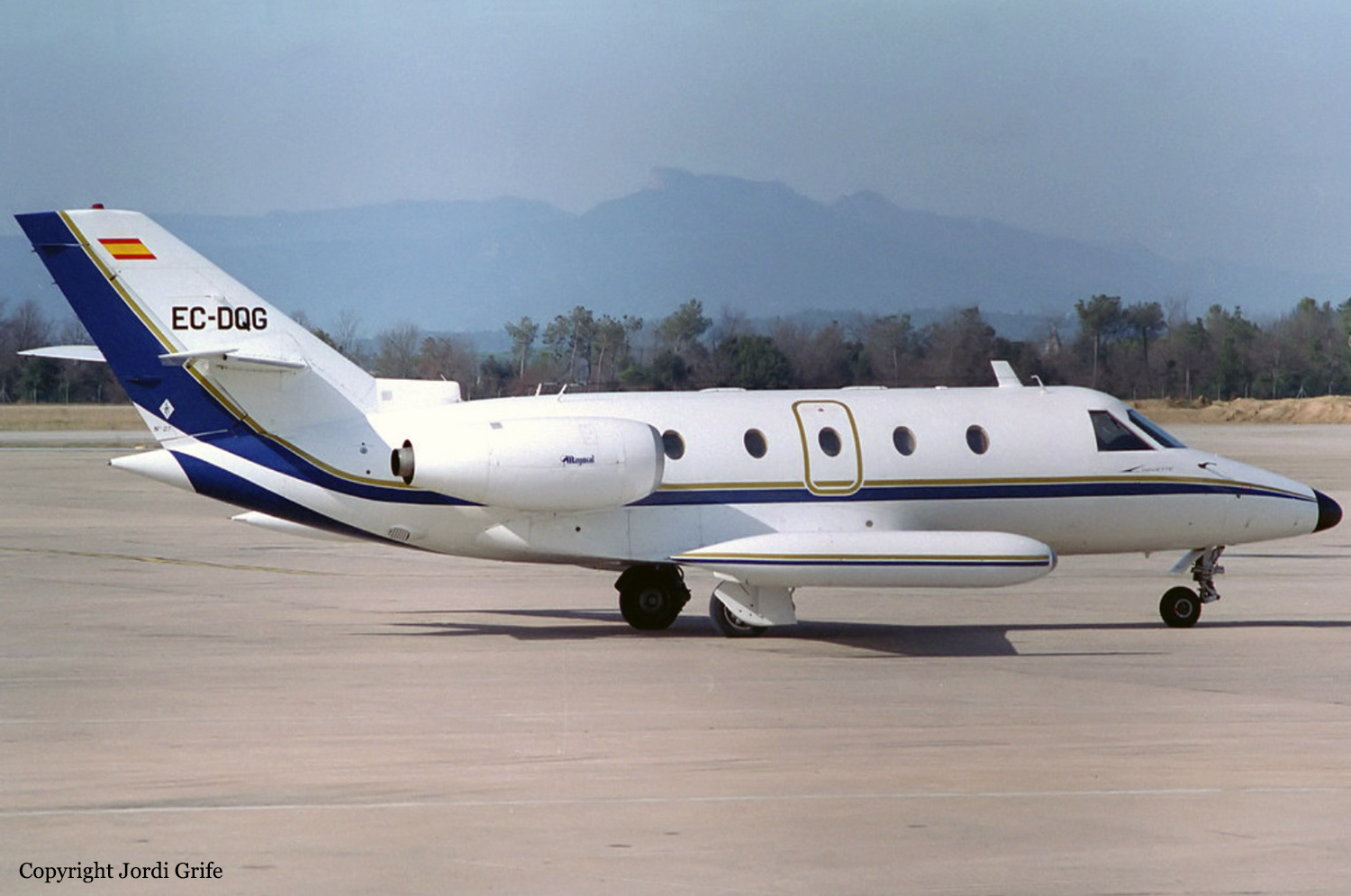
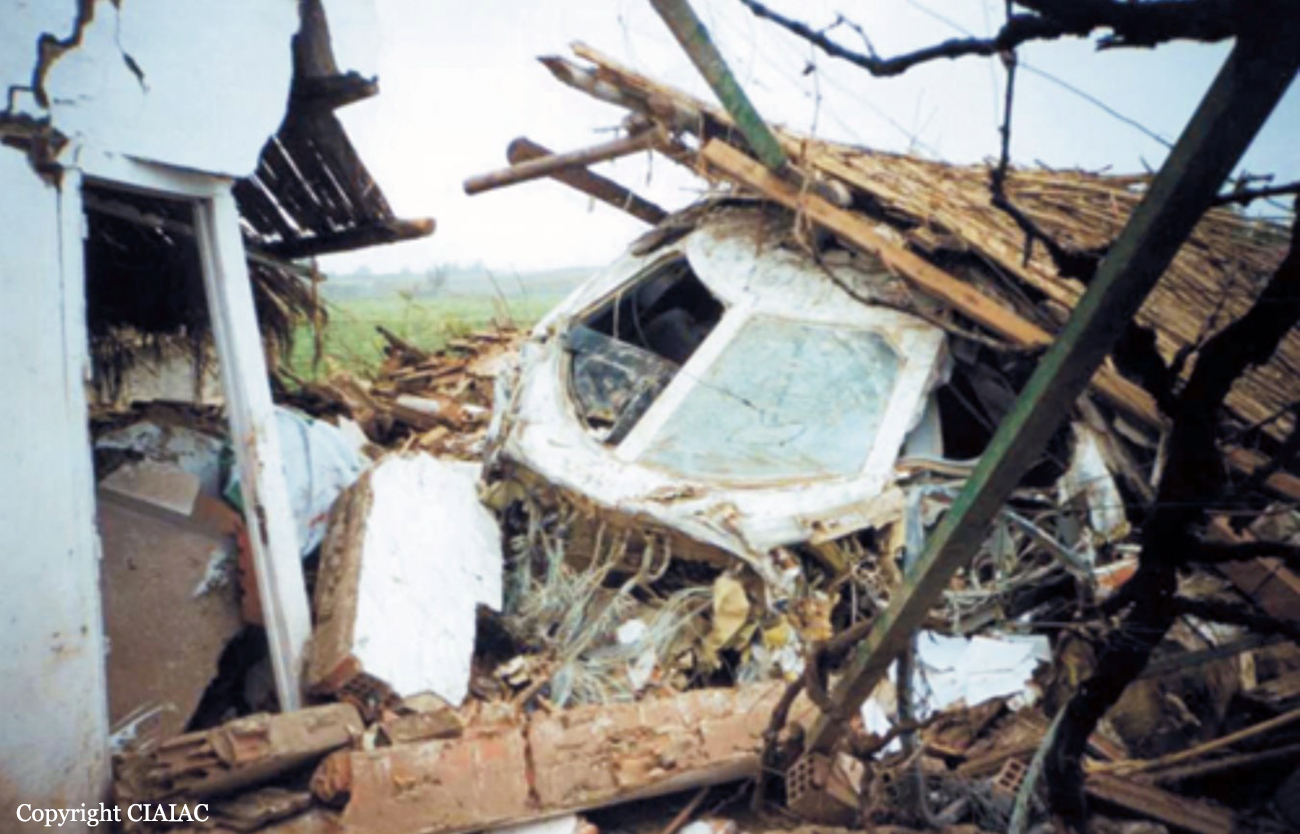
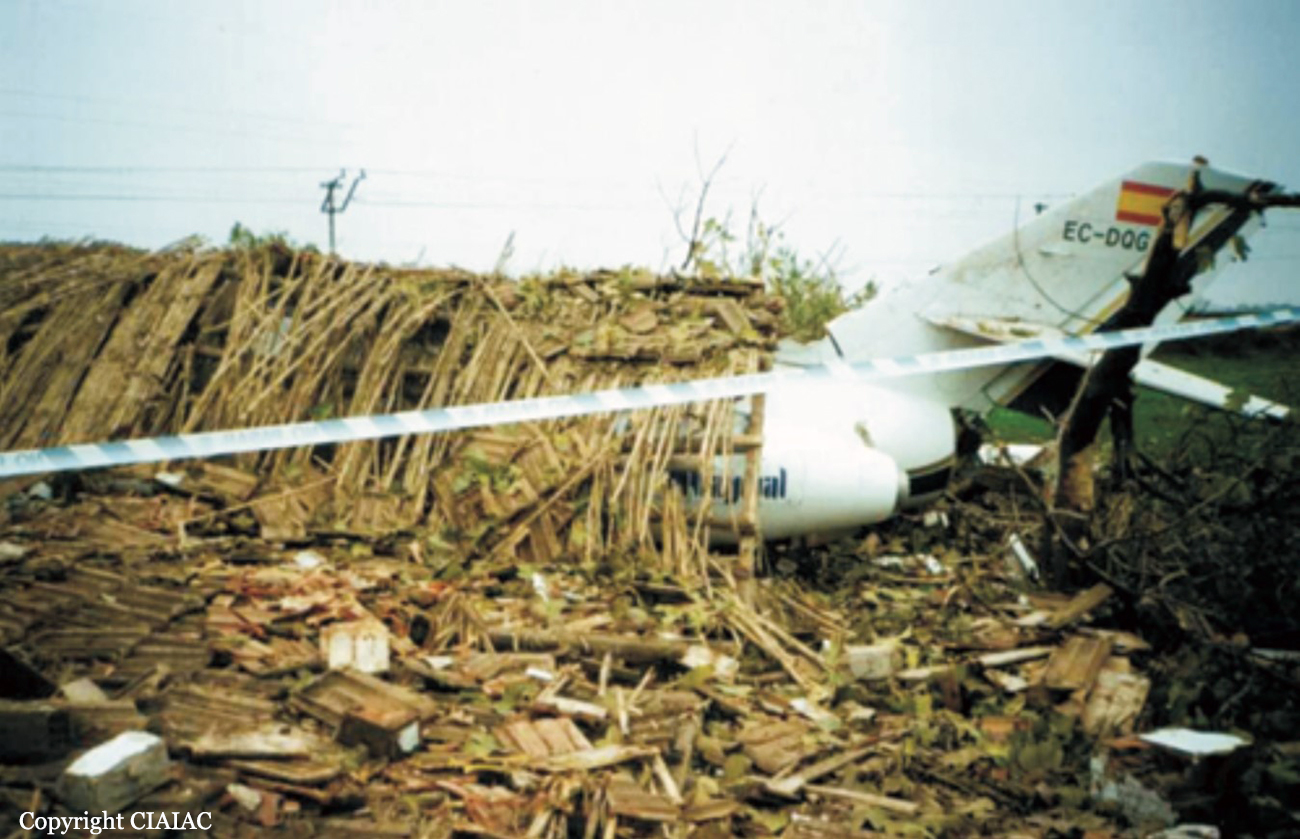
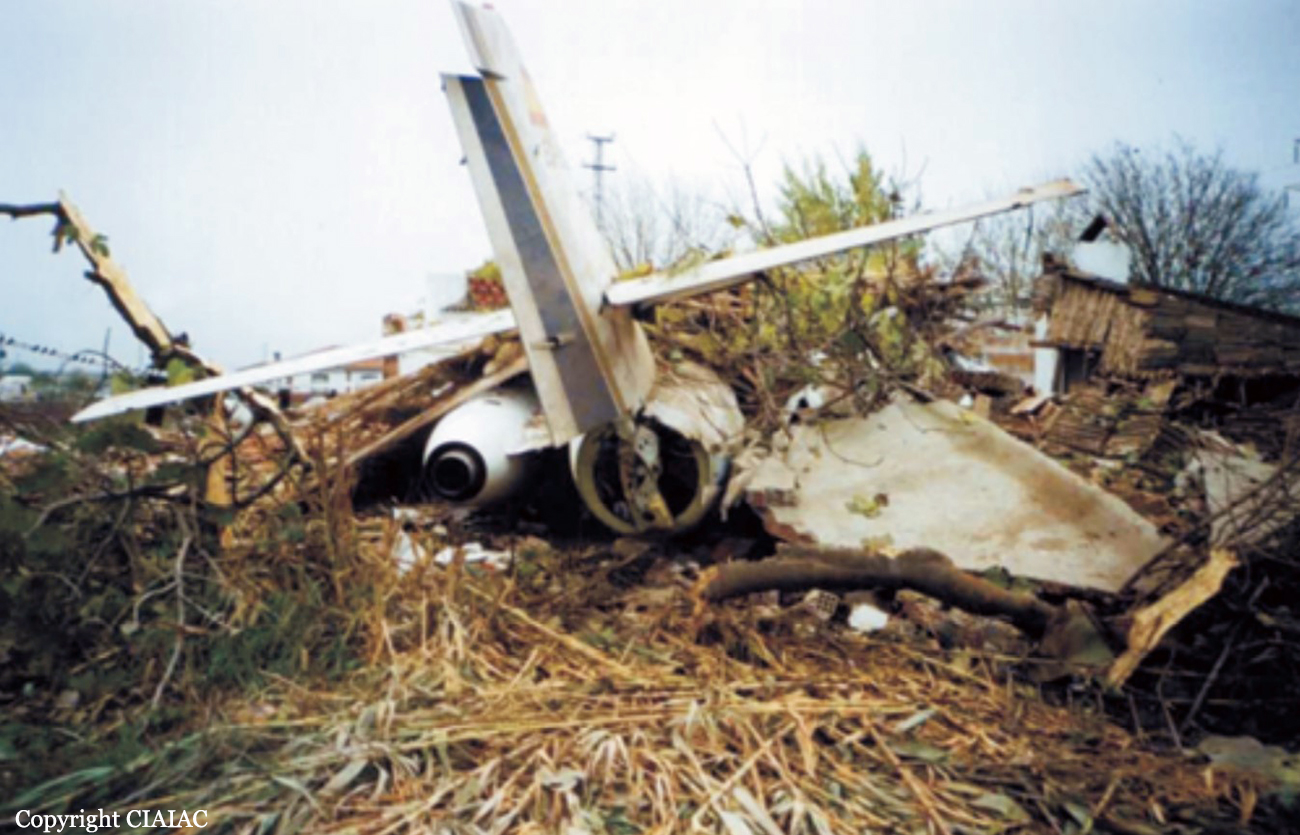
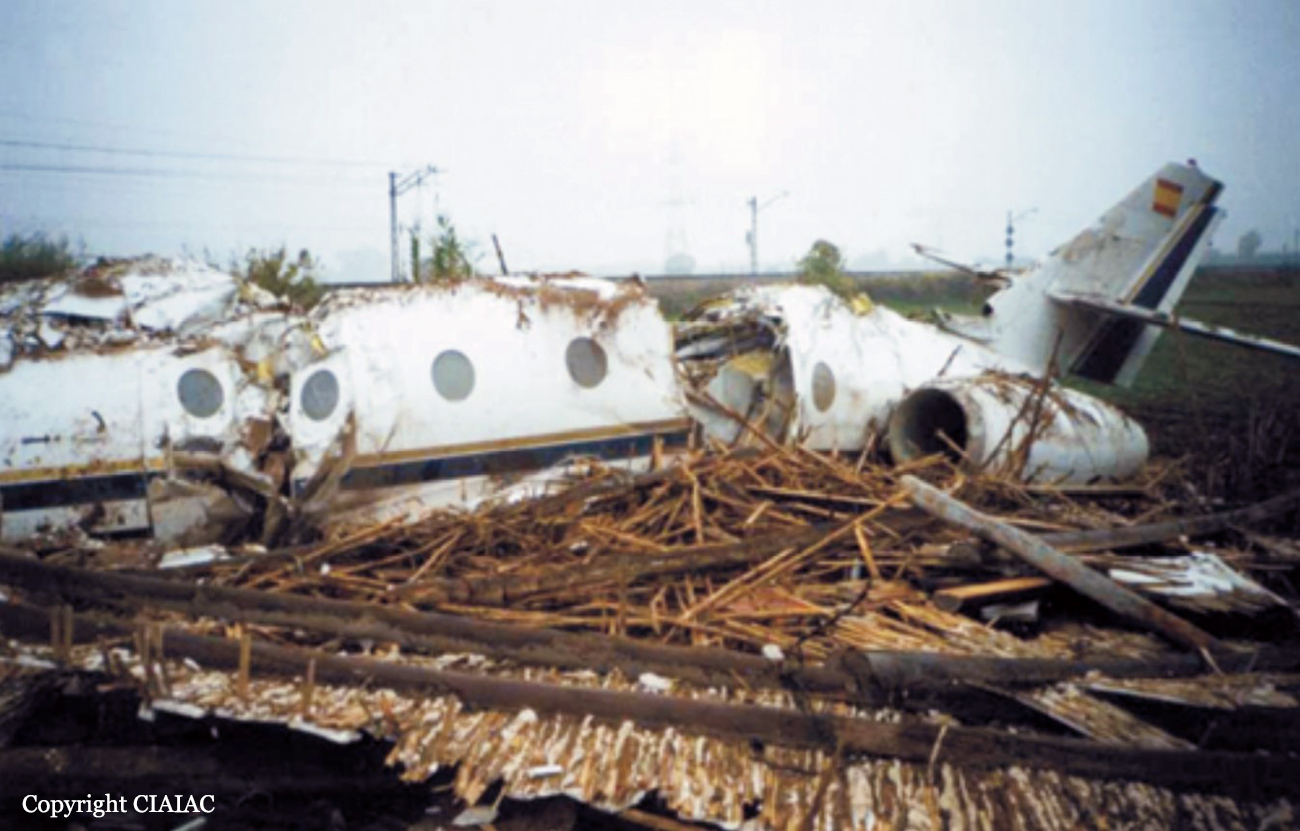
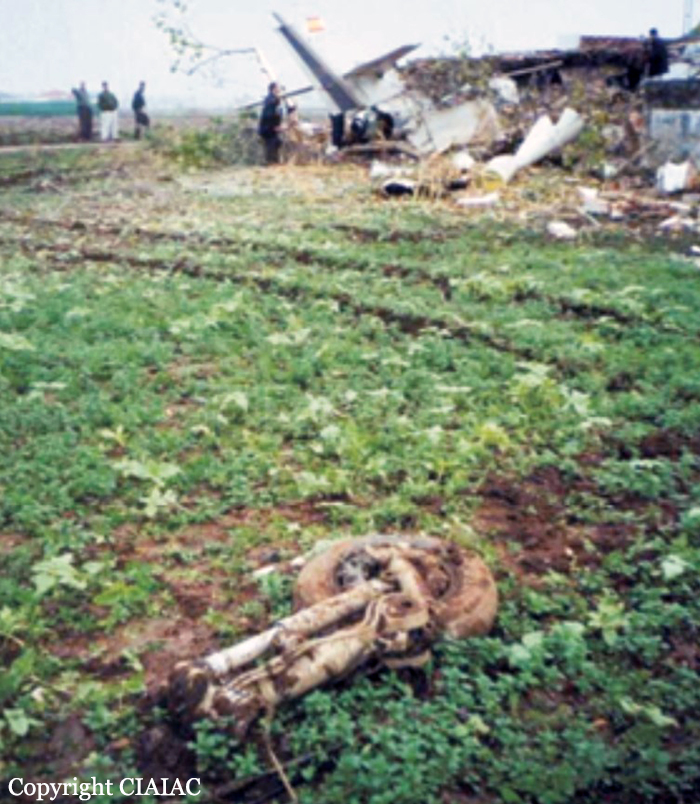
Crash of an Aérospatiale SN.601 Corvette in Toulouse
Date & Time:
Oct 16, 2000 at 0700 LT
Registration:
F-BUQN
Survivors:
Yes
Schedule:
Toulouse - Nantes
MSN:
03
YOM:
1973
Crew on board:
2
Crew fatalities:
Pax on board:
6
Pax fatalities:
Other fatalities:
Total fatalities:
0
Circumstances:
During the takeoff roll on runway 33 at Toulouse-Blagnac Airport, at a speed of 50 knots, it is believed that the left main gear collapsed. The aircraft skidded on runway, lost its nose gear and came to rest. All eight occupants escaped uninjured while the aircraft was damaged beyond repair.
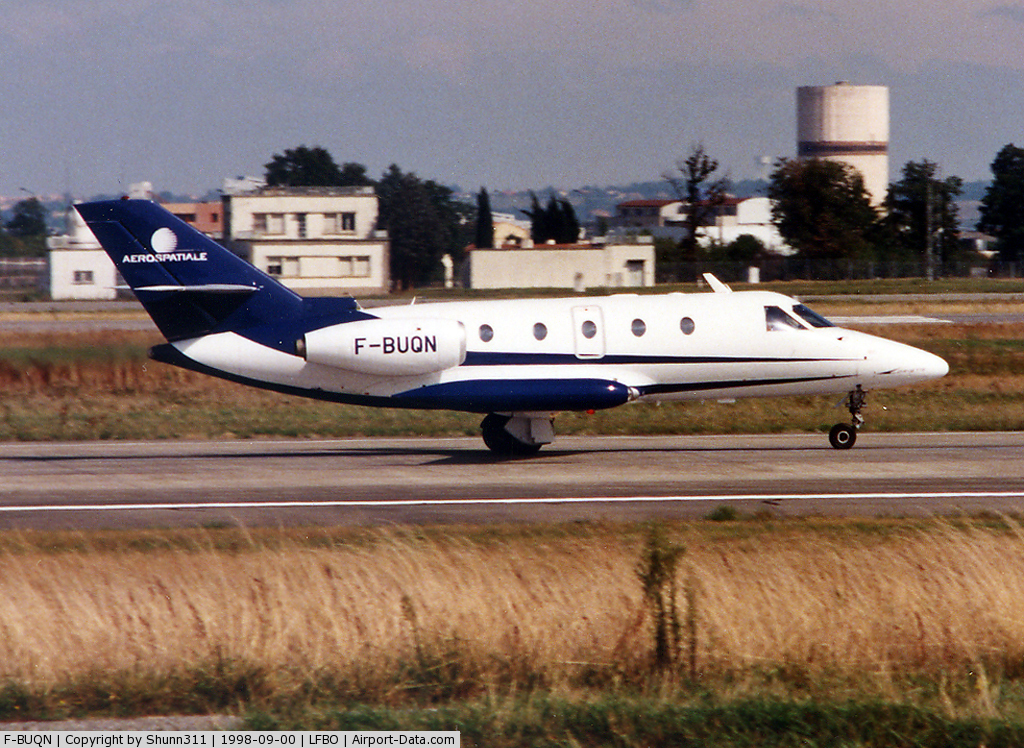
Crash of an Aérospatiale SN.601 Corvette in Portland
Date & Time:
Mar 19, 1998 at 0918 LT
Registration:
N600RA
Survivors:
Yes
Schedule:
Portland - Redmond
MSN:
36
YOM:
1977
Crew on board:
1
Crew fatalities:
Pax on board:
3
Pax fatalities:
Other fatalities:
Total fatalities:
0
Captain / Total hours on type:
125.00
Aircraft flight hours:
2306
Circumstances:
The cockpit voice recorder (CVR) recording indicated that the pilot was unable to start the right engine before takeoff, and elected to attempt takeoff with the right engine inoperative. Witnesses reported that the airplane's nose lifted off about 4,100 feet down the runway and that it then became airborne with its wings rocking, attaining a maximum altitude of 5 to 10 feet above the ground before settling back to the ground, departing the right side of the runway and entering an upright slide for about 1/2 mile. Investigators removed the right engine starter-generator from the engine after the accident and found the starter-generator drive shaft to be fractured. The aircraft has a minimum crew requirement of two, consisting of pilot and copilot; the copilot's seat occupant, a private pilot-rated passenger, did not hold a multiengine rating and thus was not qualified to act as second-in-command of the aircraft.
Probable cause:
The pilot-in-command's decision to attempt takeoff with the right engine inoperative, resulting in his failure to maintain directional control or attain adequate airspeed during the takeoff attempt. Factors included a fractured right engine starter-generator drive shaft, resulting in an inability to perform a normal engine start on the ground.
Final Report:
